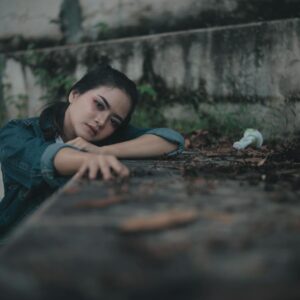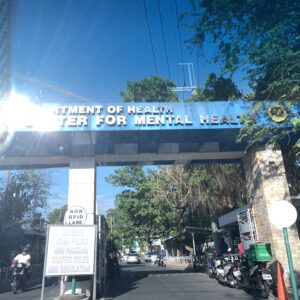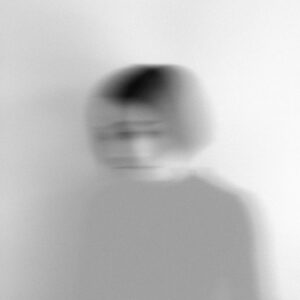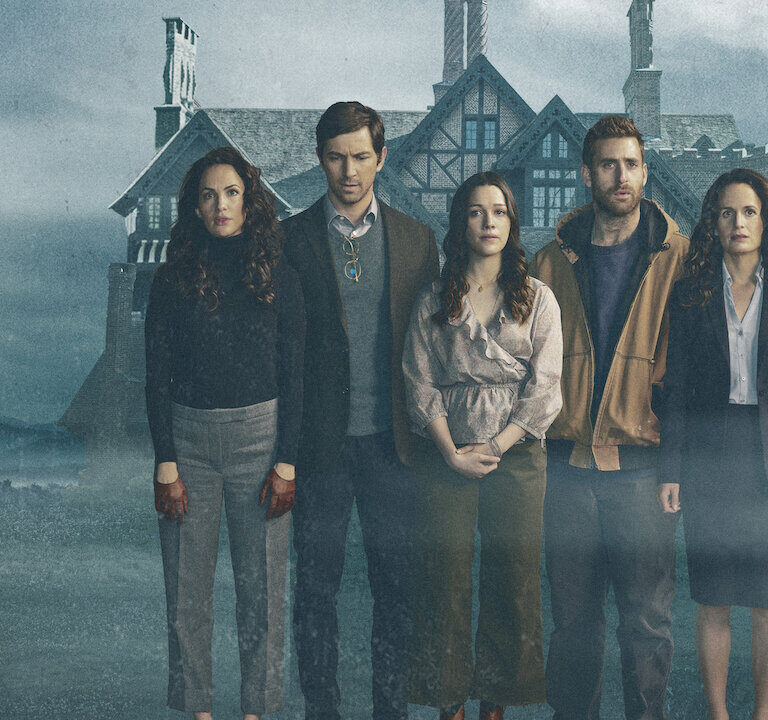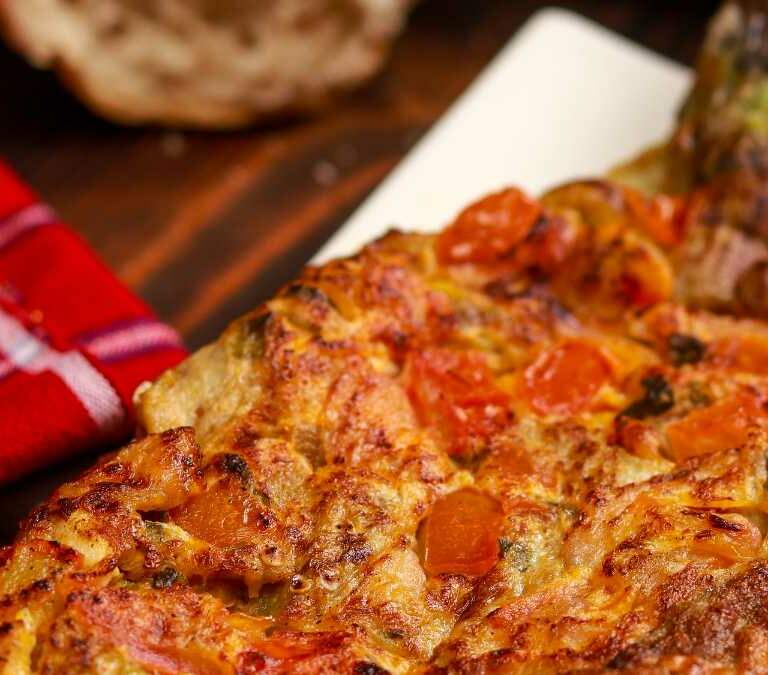
A DIY Cebu Walking Tour Itinerary
Hey everyone, April here from Relax Lang Mom. Today I wanted to share a DIY Cebu Walking Tour Itinerary I put together for exploring the heritage sites in Cebu City. As you know from my last Cebu Food Trip post -or not -I’m traveling to accompany my husband on his Escrima Martial Arts Training and also taking advantage to see the Sinulog Festival. I have been dying to go to Cebu since forever and this is the first time that the stars aligned for it. I love that Cebu has so much history to discover.
For any moms visiting Cebu with their kids for a homeschooling tour (or for history buffs like me), I put this tour together to enjoy some of the top heritage sites in a relaxed, self-guided manner. You can definitely do this tour over the course of a day without too much rushing around. I’d recommend setting aside at least 4-5 hours to really soak it all in. Some of these are free to explore but most have an entrance fee ranging from P50 -P150.
Now this is mostly focused on a Cebu Heritage Tour and doesn’t have the usual touristy spots in the usual 3-day package Cebu itinerary. I left out so much because there were so many places along this route that you can pass but can hardly fit within the day such as the National Museum (Cebu), the Archdiocesan Museum near Rajah Humabon’s Shrine, the BPI Museum right across the Mactan Shrine, Sugbo Chinese Heritage Museum, etc. Here’s the Google map to start you on your journey. Feel free to strike any below and insert the ones that might strike your fancy.
Come early as it can get very hot. Have water ready. And wear loose and cool clothing. It will also help to walk in very comfortable walking shoes. Have appropriate sun protection as you make your way between all these sites. You can bring your food or have lunch somewhere. There’s Chowking. Jolibee, and McDonald’s around the Plaza Independencia. 🤣🤷🏽♀️The appropriate stop would be somewhere after the Rajah Humabon Statue and then pick up your tour at the Colon Obelisk.
Cebu Walking Tour Itinerary:
Walking Tour AM:
- Fort San Pedro (45 minutes)
- Magallanes Cross (15 minutes)
- Basilica Minore del Sto Nino de Cebu (30 minutes)
- Rajah Humabon Monument (10 minutes)
Walking PM
- Colon Obelisk (5 minutes)
- Heritage of Cebu Monument (15 minutes)
- Jesuit House Museum (45 minutes)
- Yap-San Diego Ancestral House (30 minutes)
- Casa Gorordo Museum (45 minutes)
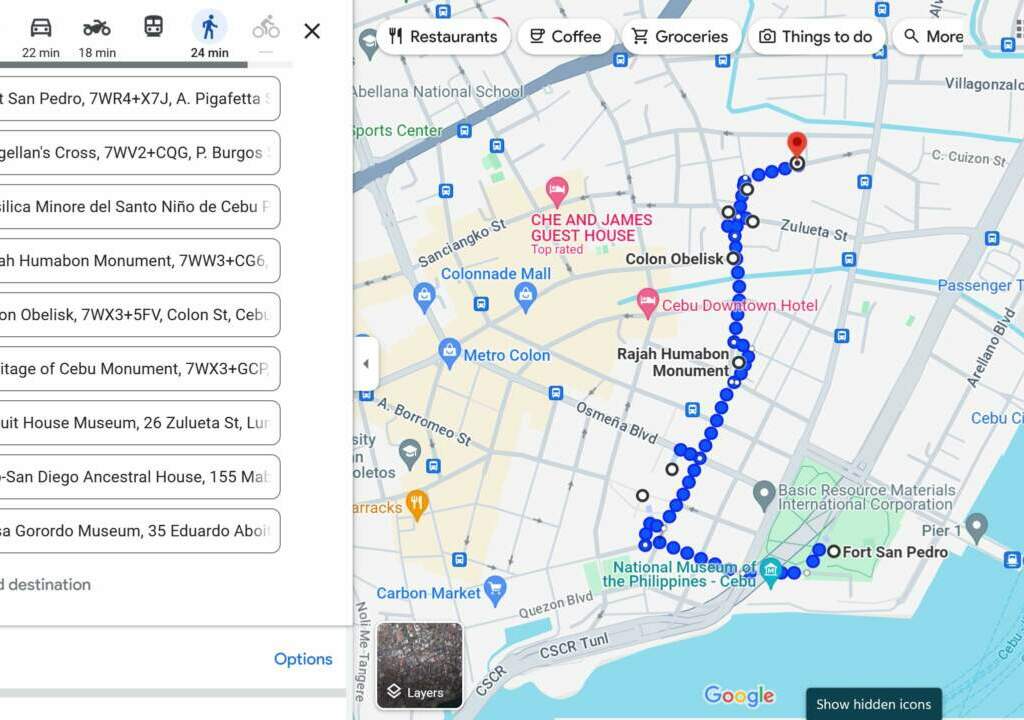
Fort San Pedro
Start your tour around the vicinity of the Plaza Independencia. The Fort San Pedro is a 17th-century fort. Said to be built by Miguel Lopez de Legazpi himself, Fort San Pedro is one of the oldest extant Spanish military defense structure. It is located near the old pier where Magellan landed and planted his cross. We had so much fun visiting the fort and pretending to be Spaniards on the lookout for Moro pirates. Unfortunately, because of the buildings and the reclamation area, you can hardly see the sea anymore except for a part of the Southeast bastion. Walk along the walls for great views of the city skyline. Kids would especially love exploring this historic site.
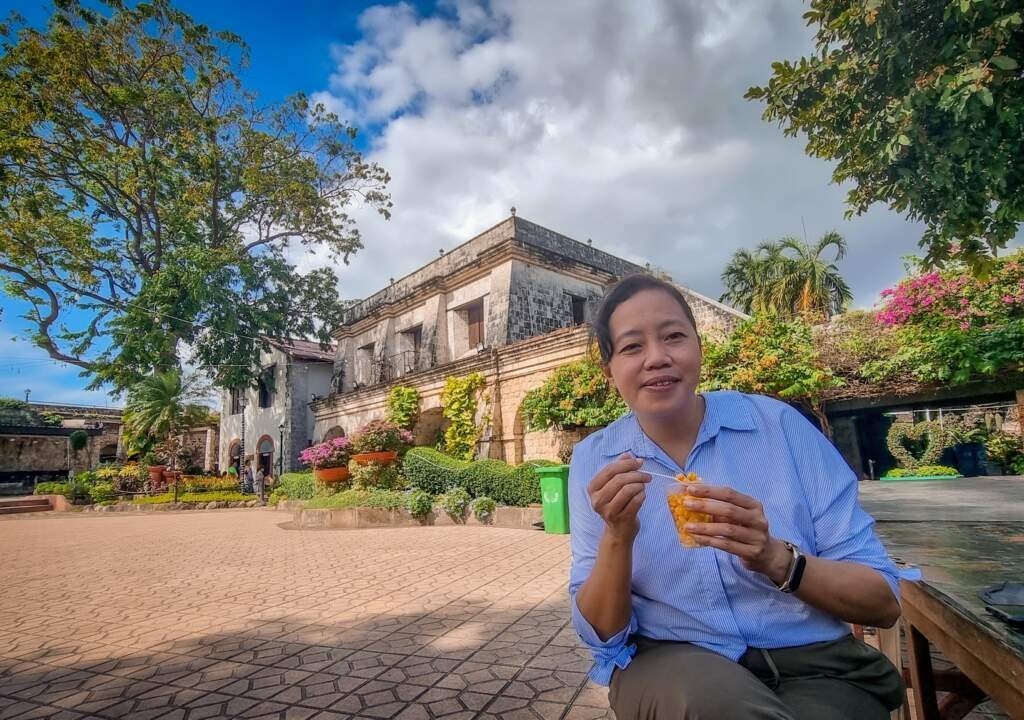
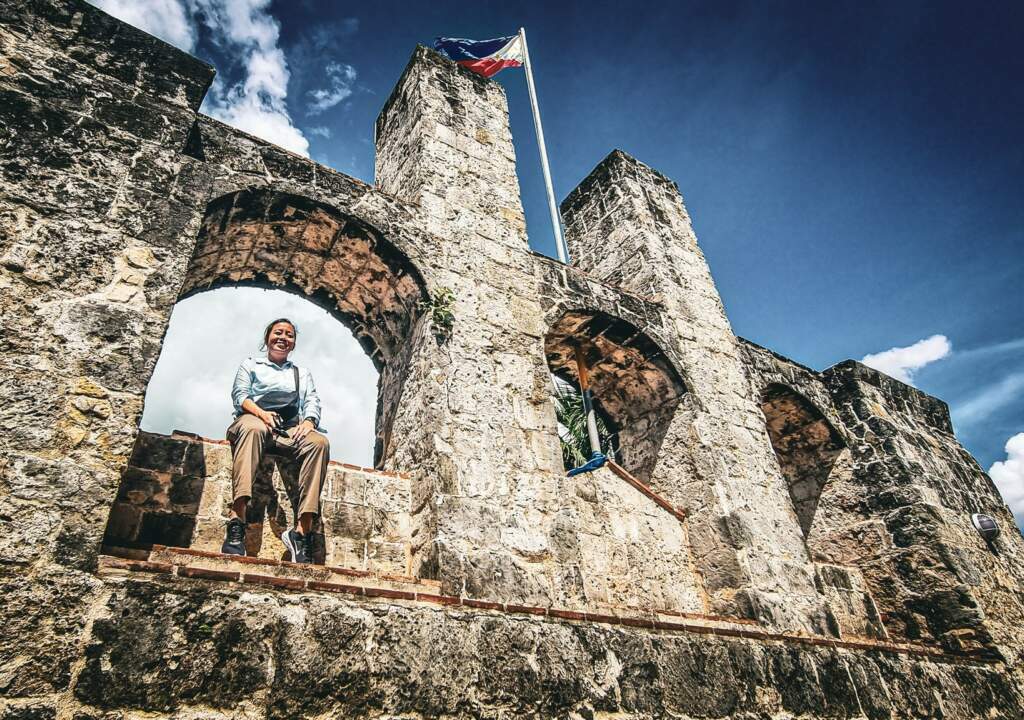
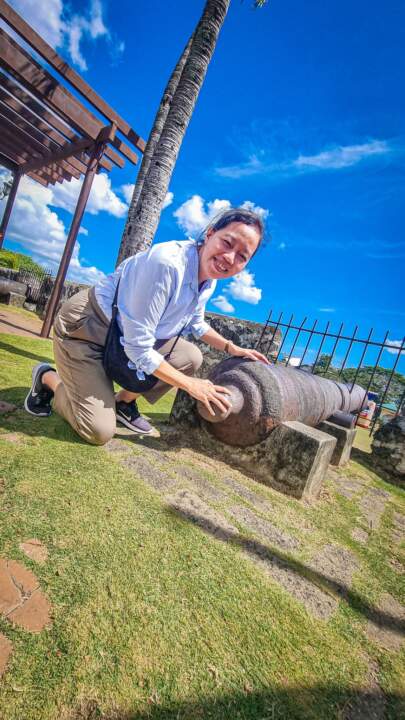
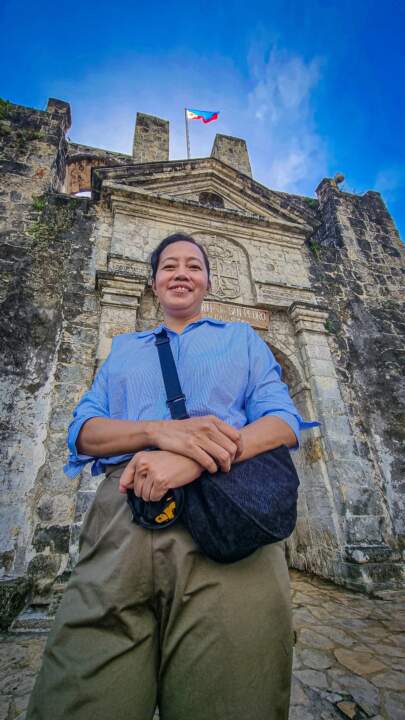
In the camp’s well-storied life, it has been converted into, an American Army Camp, a school, a hospital, and even a zoo run by a cultish religious organization named Lamplighter, I kid you not! After its restoration, it now holds a gallery of characters of the historic arrival of the Spaniards in Cebu.
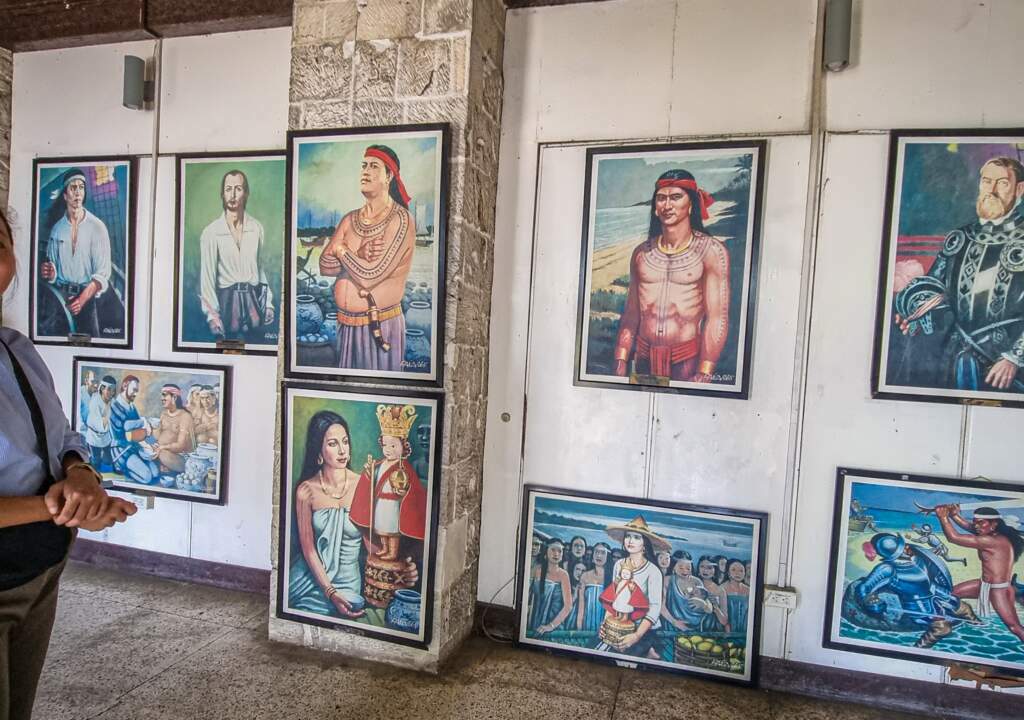
Magellan’s Cross
This cross commemorates the site of the first mass in the Philippines back in 1521 when Magellan visited Cebu. It’s a profound site that puts the region’s history into context. The official story stands that the original cross is placed inside a tindalo (a type of hardy Philippine wood) cross to protect the original cross from people seeking to take a souvenir or some believing that it holds a miracle and can help cure the sick. The cross is placed inside an octagonal-shaped building made of coral stones and adorned with a mural that depicts the conversion of Rajah Humabon, his wife, Hara Humanay, and hundreds of his followers to Christianity. Some say that this cross is a recreation as the original cross was burned after Magellan was slain in Mactan and Rajah Humabon had the remaining Spaniards killed.
The Magellan’s Cross building itself, erected in the 1800s, was just reopened in 2016 after it was destroyed by the earthquake that rocked neighboring Bohol in 2013. Unfortunately, the Magellans Cross was closed when we visited, probably because of the crush of people visiting the Basilica for the Sinulog Festival. :/
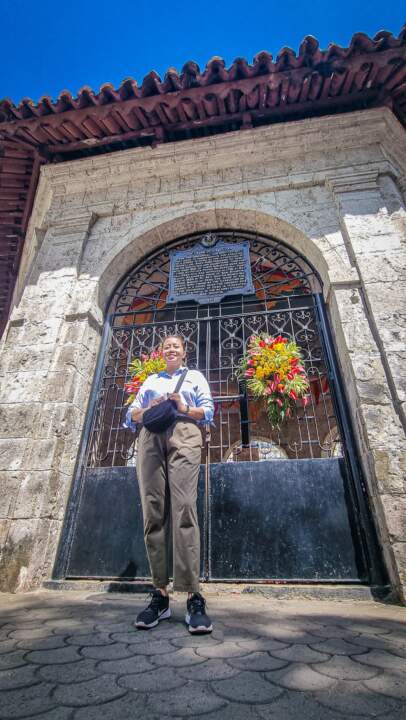
You can wander around at this point before entering the Basilica as this place is the center of the Plaza Independencia. Just a stone’s throw in the opposite direction is the Cebu Local Government Buildings.
Basilica Minore del Sto Nino
The Basilica, more popularly known as the Sto Nino Basilica, is the oldest church in the Philippines founded in 1565 when Miguel Lopez de Legazpi arrived in Cebu.
More importantly, it is the home to the replica of Santo Niño de Cebú (the Holy Child Jesus) which was originally given by Ferdinand Magellan to Hara Humanay -Rajah Humabon’s queen. According to Antonio Pigafetta, the ships scribe, Hara Humanay fell in love with the Baby Jesus and actually asked for it. She was so happy when it was given to her that she actually wept (according to him).
Despite Magellan’s visit and its violent history, the object apparently survived and was discovered by Miguel Lopez de Legazpi to be still intact when he first came to Cebu and was actually venerated by the natives. Miguel Lopez de Legazpi took this as the signal from above to build the first Spaniard outpost in Cebu.
“The image was found by a soldier named Juan de Camuz forty years later, preserved in a wooden box, after Legazpi had razed a local village.”
Wikipedia
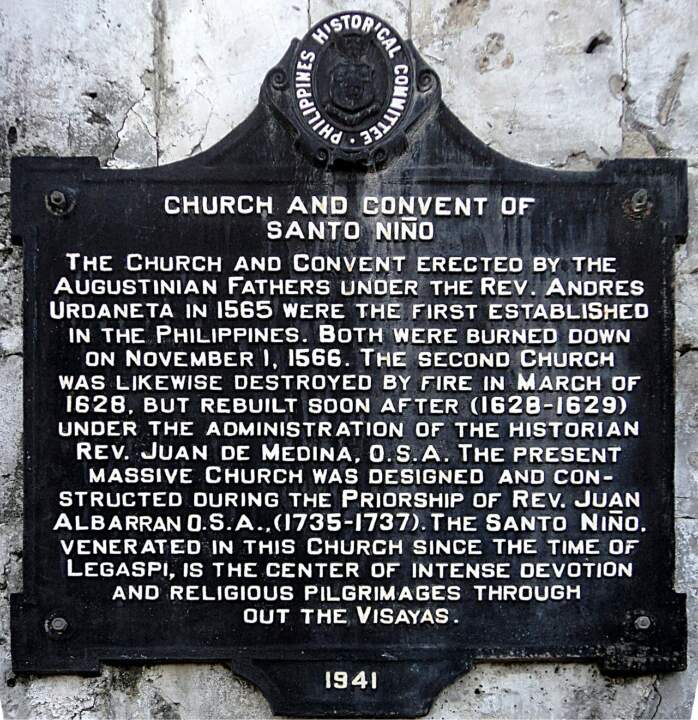
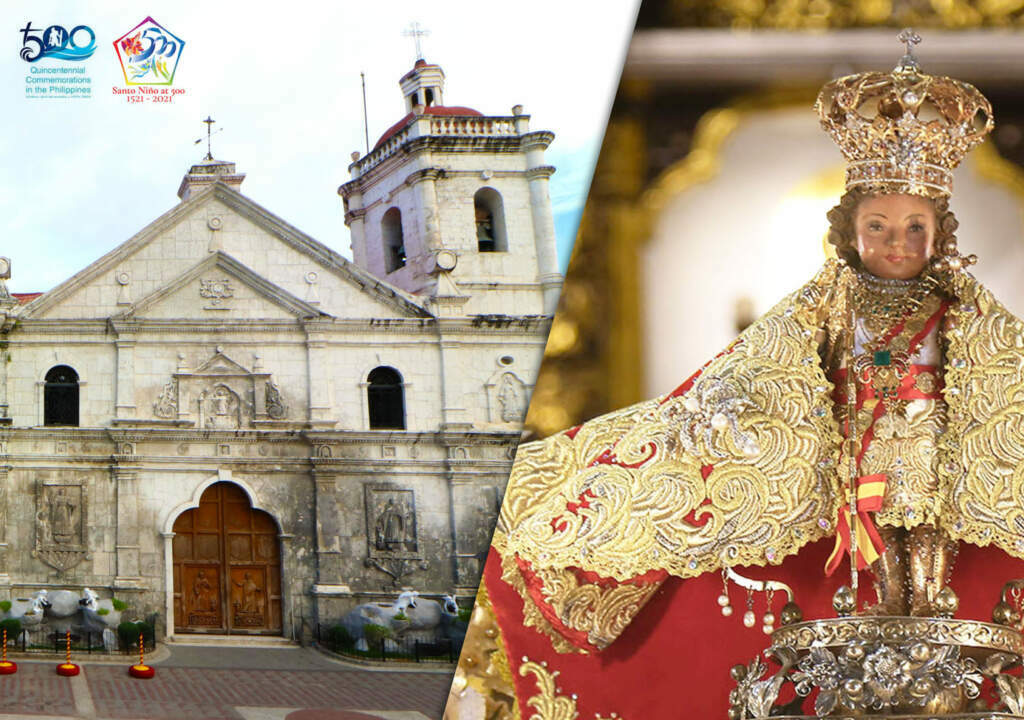
Rajah Humabon Monument
Far accross the Plaza Independencia is this monument of Rajah Humabon, on of the last kings of Cebu (prior to Rajah Tupas who was pressured by the Spaniards to give up Cebu. To my memory, Rajah Humabon was described as a bit fat so I was a bit taken aback by this muscled guy. He seems to be looking over at the people by the Magellans Cross and the Basilica and I was a bit sad for him because no one was visiting him here. Up to now, it is still a riddle to me why he chose to do a Blood Compact with Magellan only to massacre the remaining Spaniards a week or two later. Was it a sudden moment of clarity when he saw what the Soaniards are capable of?
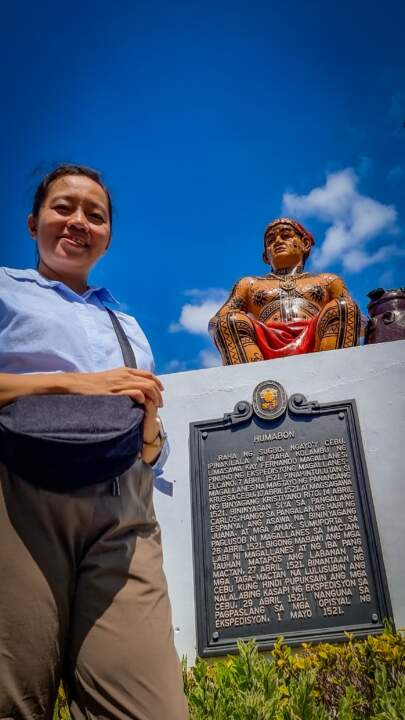
Cebu Heritage Monument
We passed by this tableau by accident on the way to see the Gorordo Museum. It’s actually an amazing tableau that celebrates important figures in Cebu’s history. It has a panel for Battle of Mactan, the inauguration of Sergio Osmeña as President of the Philippines, and the canonization of Pedro Calungsod as saint by the Roman Catholic Church. It’s a great photo op and I loved the artwork in itself.
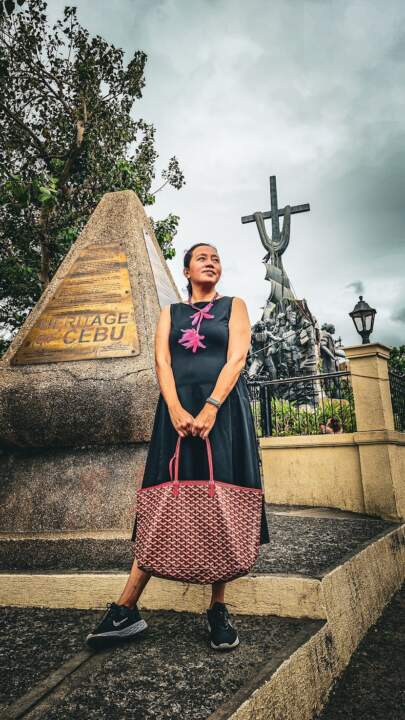
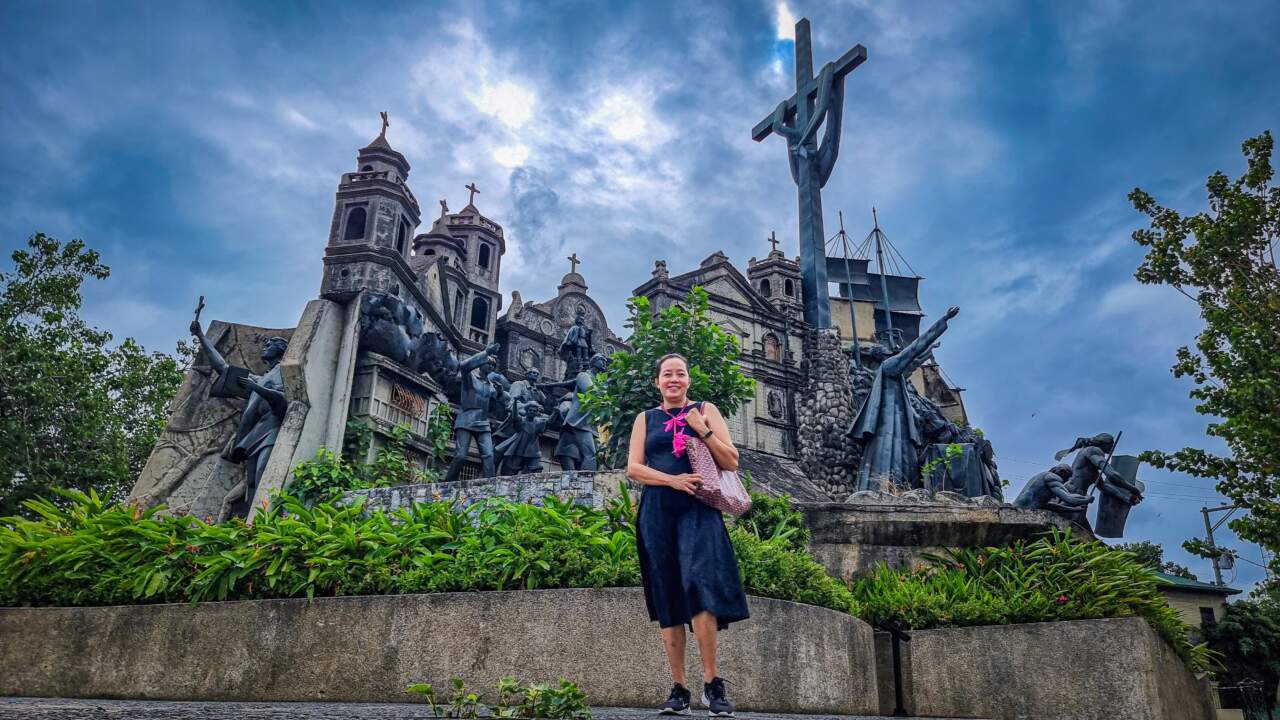
Colon Obelisk
Erected in honor of the oldest street in the Philippines, it commemorates the planning of the city by Miguel Lopez de Legazpi. This kilometer-long road is the place where everything began and the reason why most established institutions in the city began at Colon Street. This is also an accidental discovery but I was so excited to see it and imagine myself back in 1565 as Legazpi prepares to colonize the entire Philippines.
PS, this is not a good place to take photos as it’s in an intersection, fenced, and raised. So probably not a good idea especially if you’re with kids. You can take photos from afar.
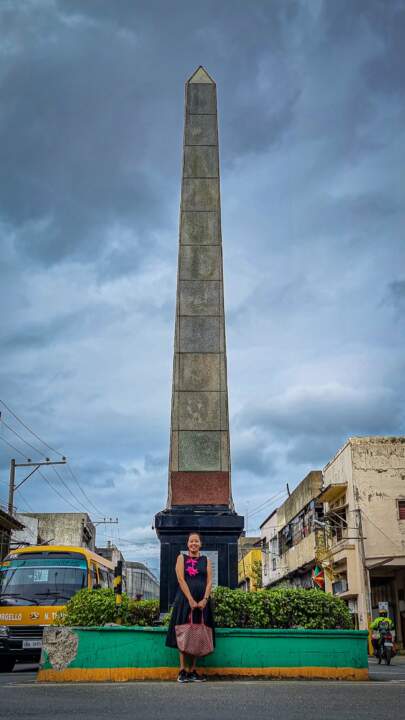
Jesuit House
On the way to the Gorordo Museum, we passed by this old classic Chinese warehouse with lumber, long building tubes, cans of paint, and rolled wires at iba pang anik anik na mukhang hindi na nagalaw ng isang dekada. It was weird as heck because there’s an official city plaque outside it.
It turned out that it was indeed a warehouse and what happened was the owners discovered that their warehouse / house was the original Jesuit House in Cebu before they were kicked out of the Philippines in the 1700s. It figures because the house is located near Colon St (or Parian which is the designated old Chinese quarters as in the Parian of Intramuros), and the Jesuits were among the ones tasked with converting the then-Chinese residents of Cebu to Catholicism.
The guard noticed our bewildered faces and invited us in. Napansin siguro na aanga anga kami. What happened next was a wonder of wonders. The curator -a lovely young man in glasses (who I imagined would be isekai’d to the past if he were to touch some relic in the house) gave us a tour of the entire museum -a connected house complete with azotea, kitchen, rooms, etc. The entire house was carefully preserved with a portion still having the original roof. It’s a wonder that at almost 300 years old, the floors and pillars are still intact. ![]() Marami daw momo dito at ingat baka sumama sa yo pauwi.
Marami daw momo dito at ingat baka sumama sa yo pauwi. ![]()
When they were restoring the house, they found old vases and perfume bottles and I almost cried at seeing the old coins among the collection. Don’t mind me, I just have a hyperactive imagination. The curator said that it’s a practice of the Chinese to place these coins when building houses and I imagined them placing the coins carefully, wishing for luck and safety as they build the house. I loved loved the replica of the town in the 1730s including the old church which is not in existence anymore.
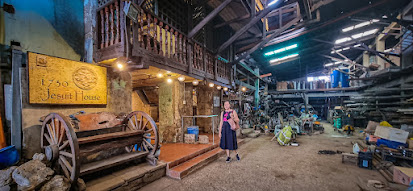
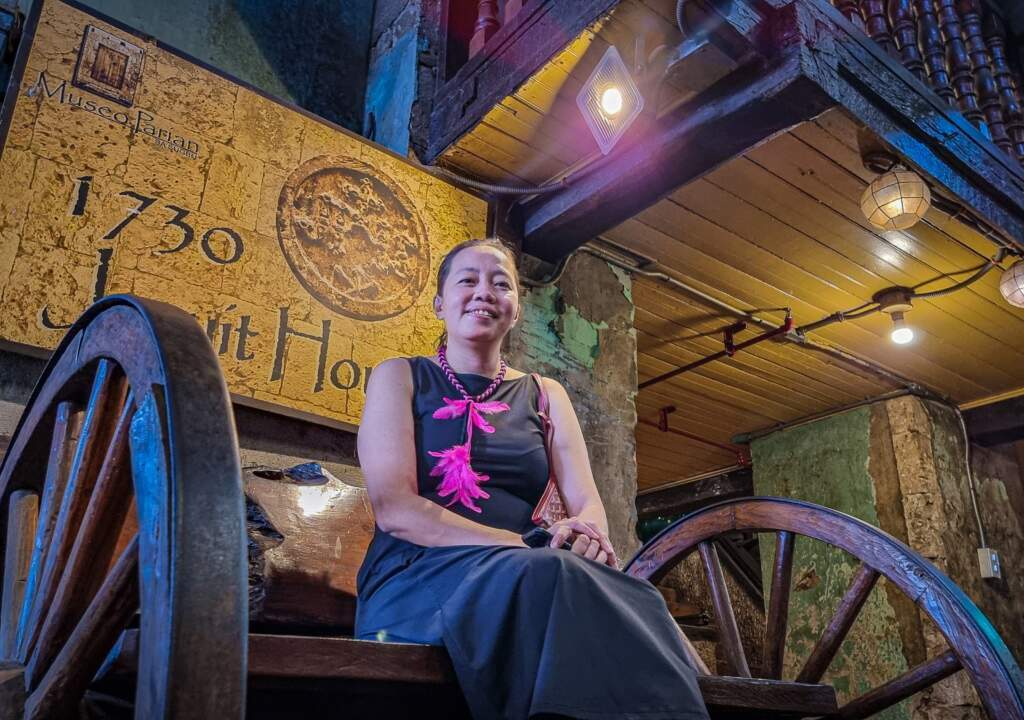
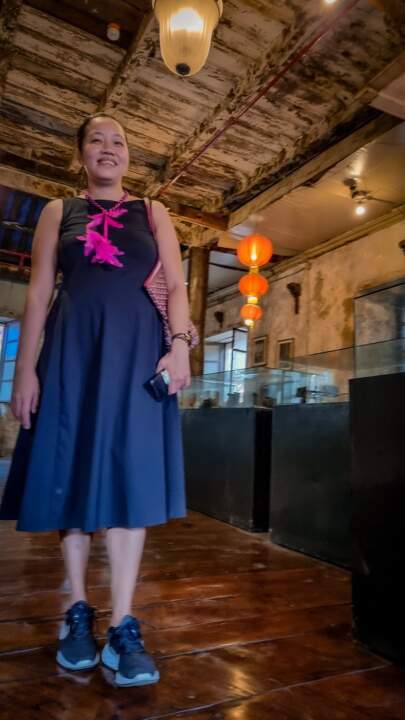
Yap-San Diego Ancestral House
One of the stops was the beautiful Yap-San Diego Ancestral House. I wasn’t able to go inside but after getting a glimpse of it on my tour, I just had to go research and learn more about this fascinating home that offers a unique window into the past.
Located in the Parian are of Cebu City, the Yap-San Diego Ancestral House was built in the 1800s by a prominent Filipino-Chinese family. It’s touted to be one of the oldest houses in the Philippines as well as one of the first Chinese houses built outside China.
It has a bit of a dark history because during the Spanish colonial era, the Chinese settlers were actually segregated into their own neighborhoods called Parian (roughly translated as Chinese market). It’s hard to imagine today, but back then the Chinese experienced discrimination and were very limited in what they could do.
Despite these restrictions, some families like the Yaps still achieved great wealth and status through trade. Walking through their ancestral home, you can truly see the elegant lifestyle they lived. The house follows traditional Chinese architectural designs with courtyards, balconies and beautifully carved wooden details. What amazed me most were the rooms full of antique rosewood furniture, porcelain vases, and family portraits. It felt like stepping back in time. I loved that this house is now a museum and that people could learn about this important part of Philippine history in such an interactive way.
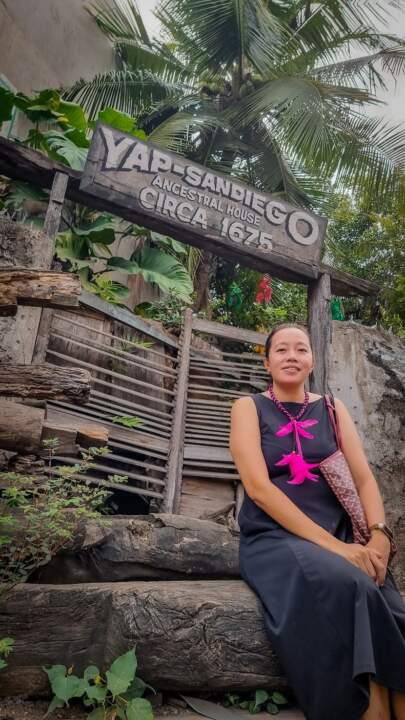
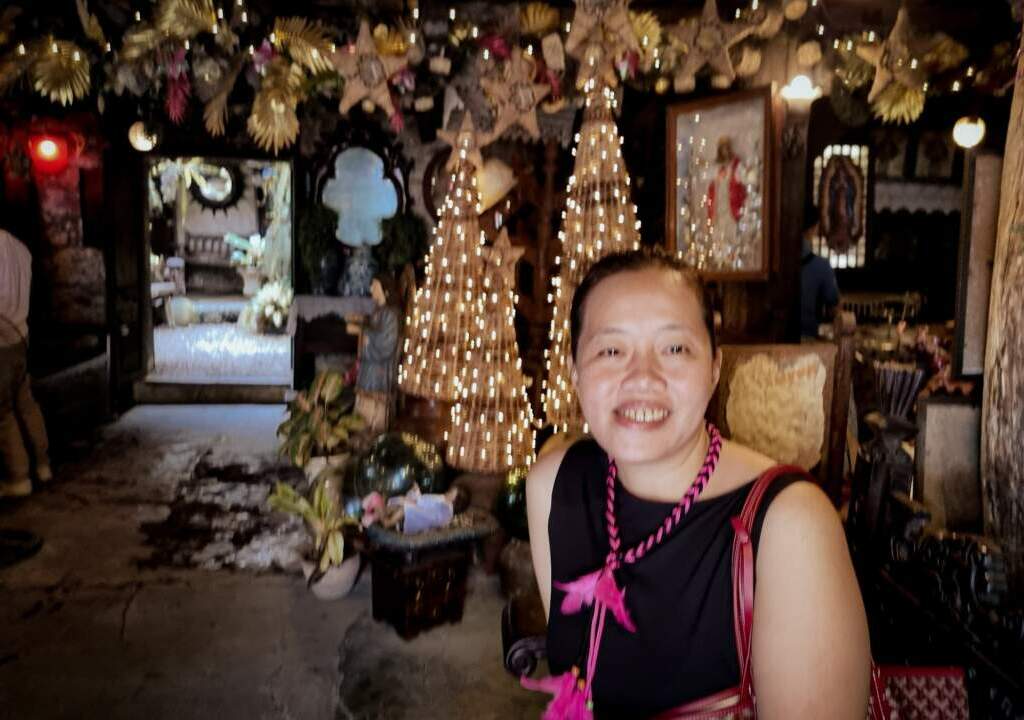
Casa Gorordo Museum
By the time we arrived at the Casa Gorordo, we were so tired we could hardly walk. So we comforted ourselves with coffee and pasta at Bos Coffee which is also inside the Gorodo Museum Compound. Another ancestral home, this one showcases the opulent lifestyle of a prominent Filipino family.
Stepping inside Casa Gorordo felt like a trip back in time. Built with thick coral stone walls and Spanish-style terracotta roofing, it immediately transported me to what life must have been like after the colonizers came. Wandering the maze-like halls, I could just picture lavish dinner parties and genteel gatherings of Cebu’s high society over a century ago.
The Gorordo family played important roles in business, politics and the community. So it’s fitting that their opulent home is now a museum showcasing that era. I loved how the first-floor galleries gave context through interactive displays of agricultural tools, household items and scenes depicting iconic Cebu landmarks in the 1800s.
They even had a whole section dedicated to tracing the lineage of prestigious Cebuano lineages, which my history-buff kids found endlessly fascinating. Make sure to check out their outdoor amphitheater too for cultural performances that help bring the past to life.
All in all, a visit to Casa Gorordo is a peek into the elegant lifestyle of Cebu’s earliest influential families under Spanish rule. As someone from the provinces, it was so neat learning how the colonial influences merged with Filipino traditions in the homes of the elite. Definitely add it to your itinerary next time you visit heritage-rich Cebu City!
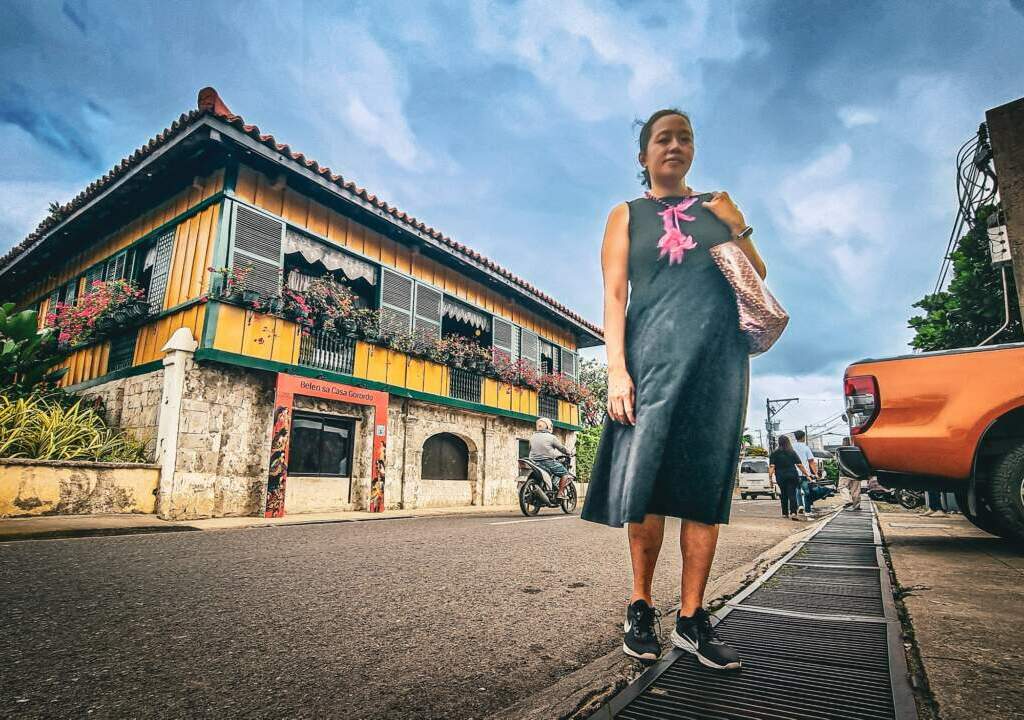
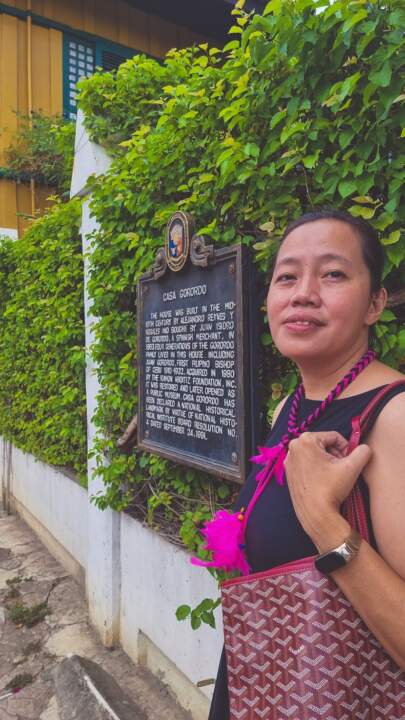
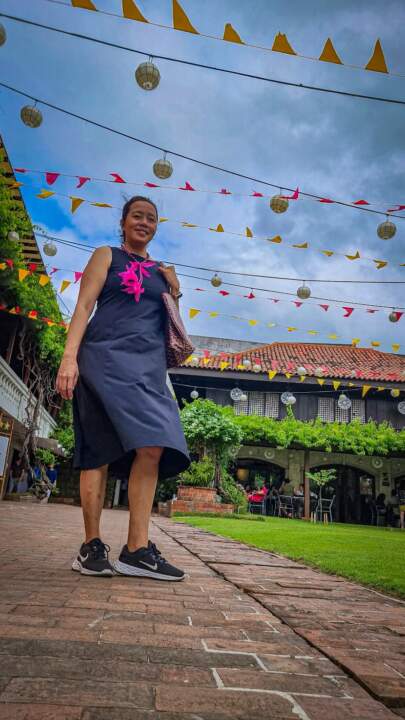
When I did this Cebu walking tour, I found it easy to navigate on foot, there were not much traffic, and enjoyed talking to people also doing the tour. We took our time at each stop. We did it for two days but that’s because we didn’t know what to expect on the first day. But with enough willpower, this walking itinerary can be done in one day! you A walking tour is a wonderful way to appreciate Cebu’s rich cultural roots.
Let me know if you have questions! You can also check relaxlangmom.com for more Filipino travel tips tailored for families. And be sure sign up for my newsletter below for new blog posts delivered to your inbox each month. I’ll be sharing more heritage tours around the islands soon.

Hello! I am April
...I don't know exactly what a prayer is. I do know how to pay attention, how to fall down. into the grass, how to kneel down in the grass, how to be idle and blessed, how to stroll through the fields, which is what I have been doing all day. Tell me, what else should I have done? Doesn't everything die at last, and too soon? Tell me, what is it you plan to do with your one wild and precious life?
- That Summer Day. Mary Oliver Tweet

